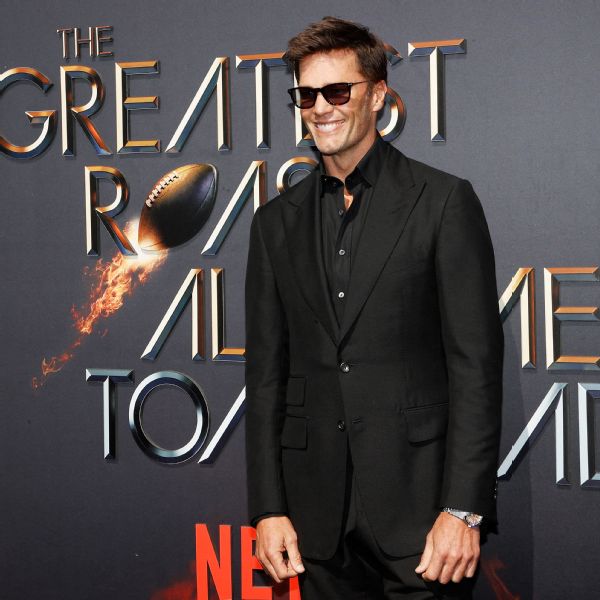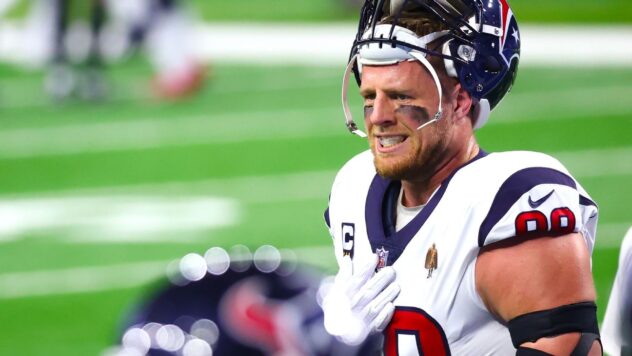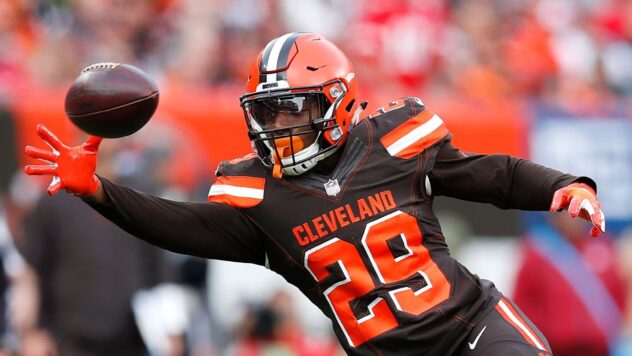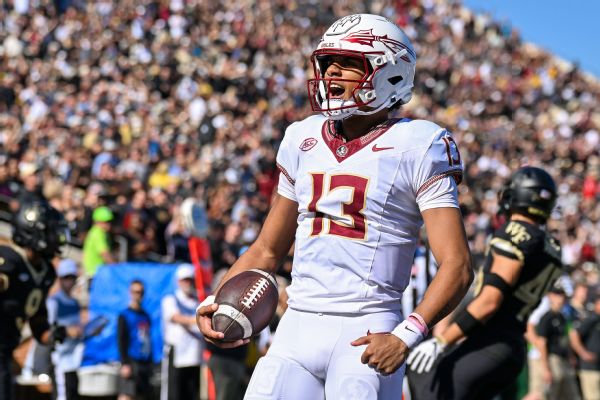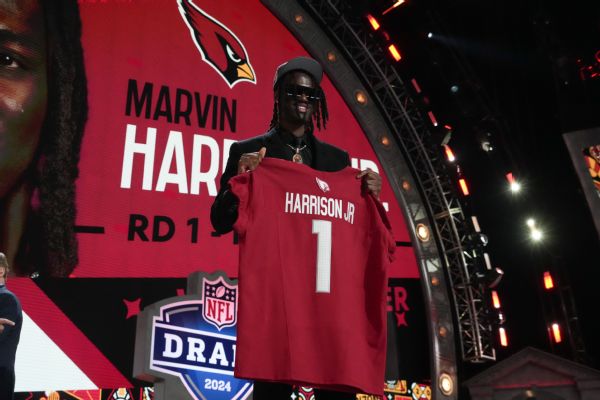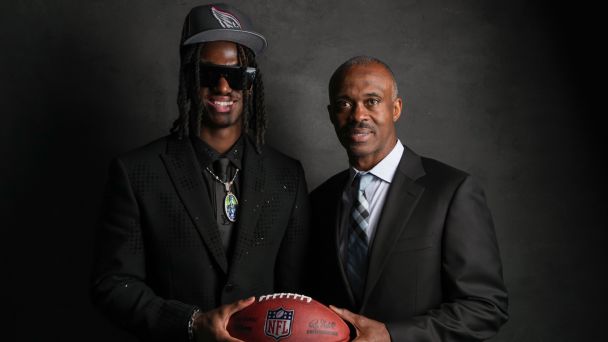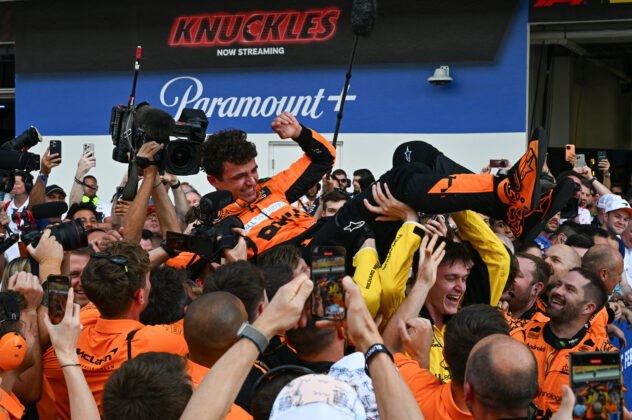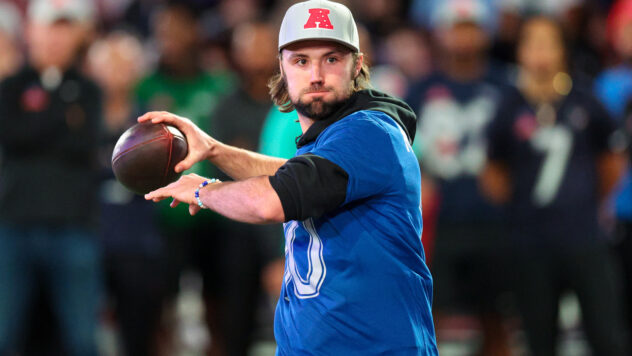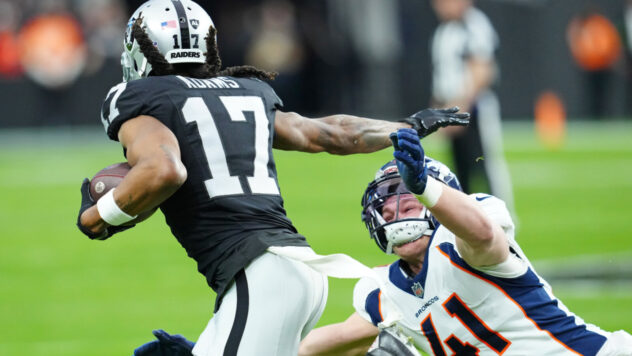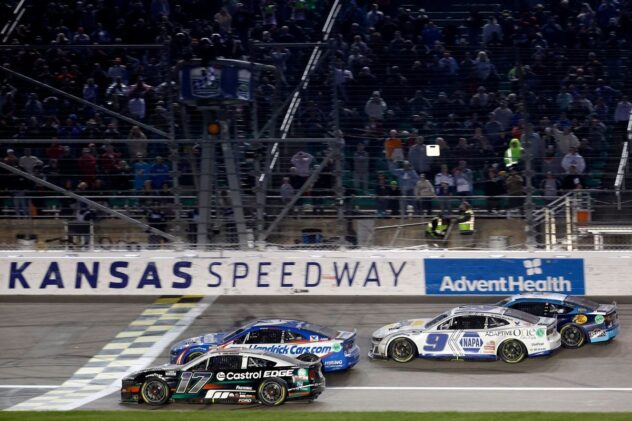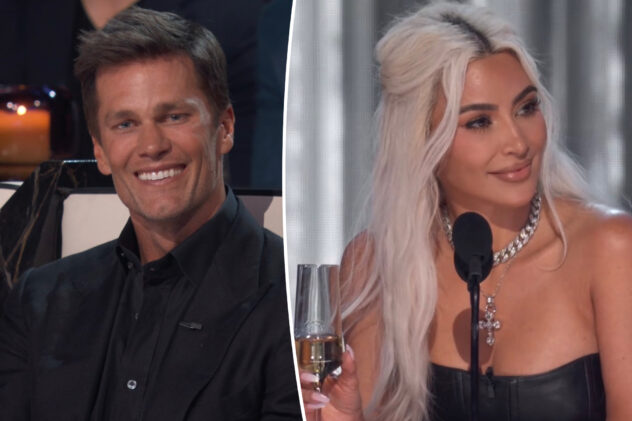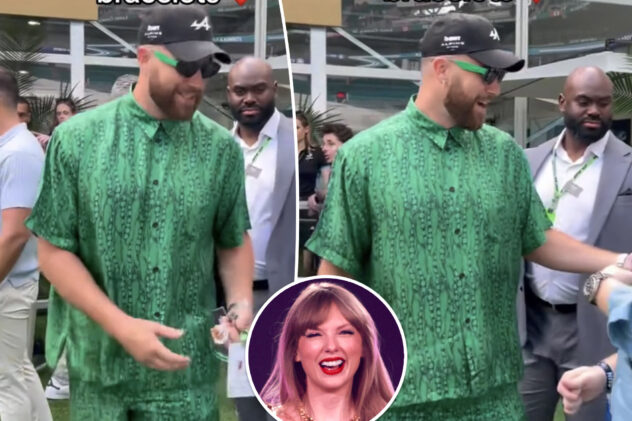How will the Bears address their edge rusher void?
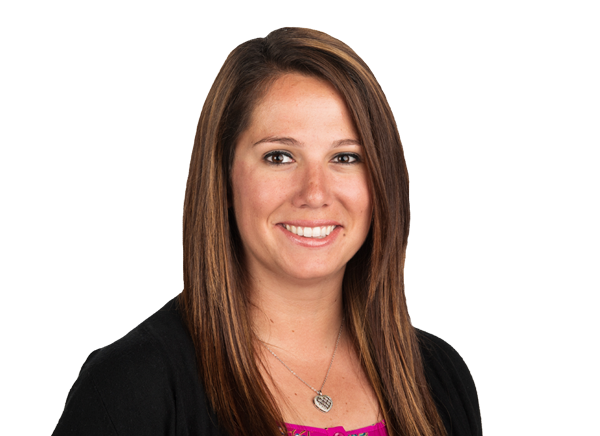
LAKE FOREST, Ill. — The fact the Chicago Bears came away from the NFL draft without addressing the void at edge rusher isn’t lost on general manager Ryan Poles.
Throughout the offseason, Poles has maintained his stance that the Bears’ roster will have several holes. A pass rush that pressured on 22% of dropbacks last season (second worst in the league) still needs a lot of work with fewer viable options available than before the draft and free agency.
“I think you want to fix everything immediately, but it’s got to work the right way,” Poles said. “The right players have to be there that fit our scheme. We can’t fix everything at a high level in one swoop.”
Chicago spent three of its 10 draft picks on defensive tackles Gervon Dexter, Zacch Pickens and Travis Bell. The Bears had their chances at edge rusher, notably on Day 3 after trading back from the top spot in the fourth round, but they used pick No. 115 on running back Roschon Johnson when Northwestern defensive end Adetomiwa Adebawore, a top-50 prospect on ESPN draft analyst Mel Kiper Jr.’s big board, would have been available had they stayed at No. 103. Two of the top undrafted free agent edge rushers, Andre Carter II and Lonnie Phelps, signed elsewhere.
Poles said the Bears wanted to get “younger, more athletic and faster” along the defensive line, which led to the prioritization of the interior pass rush in the draft.
“I would say that the quarterbacks now are — for the most part — aren’t as big, aren’t as tall, so their sightlines are a little bit less than they used to be,” coach Matt Eberflus said. “So I really believe when you have a guy who can dent the pocket from the inside, I really think that pressure is felt right away because they’re closer to the quarterback. And I think it frees up the guys, gives them one-on-ones on the outside when you have two guys in there that can really do that.”
Trevis Gipson and Dominique Robinson are the only two defensive ends returning from last year’s group. Chicago got 7.5 sacks from its defensive linemen (second fewest in the NFL). There were 27 individual defensive linemen with more than seven sacks last year.
While Poles isn’t panicked over the current state of the Bears’ pass rush, it’s obvious Chicago can’t go into the 2023 season without finding some help at edge rusher.
“We’re going to be opportunistic,” the GM said. “If that opportunity doesn’t open up, then we’ll just continue to do what we’re doing, but there’s also drafts next year, and we’ve set ourselves up nicely for that, too (with two first-round picks).”
Free agents
Two months ago at the NFL’s league meetings, Eberflus pondered the idea of the Bears signing an edge rusher after the draft. With nearly $36.7 million in remaining salary cap space, the Bears can fill this void with a handful of options.
Leonard Floyd, who spent the first four years of his career in Chicago and the past three with the Los Angeles Rams, is at the top of the list of free agent edge rushers. Floyd recorded nine sacks and a career-high 22 quarterback hits in 2022. Floyd notched 29 sacks during the past three seasons with the Rams and has also started every game in the past five years.
Yannick Ngakoue is coming off a 9.5-sack season with the Indianapolis Colts and has recorded at least eight sacks in each of his seven seasons. He’s only 28 years old and is the youngest of the best available pass rushers, a list that also includes Frank Clark, Jadeveon Clowney, Justin Houston and Trey Flowers.
Poles has familiarity with Clark and Houston from his time in Kansas City’s front office. Houston is coming off his best season since 2019 with 9.5 sacks and an interception with the Baltimore Ravens. Clark generated 56 quarterback pressures last season, but his off-field concerns, including being suspended two games last season for violating the league’s personal conduct policy, bring into question whether the Bears would consider signing him. Poles noted “character” would always be part of Chicago’s evaluation of players when asked why the Bears passed over Georgia defensive tackle Jalen Carter in the draft after Carter had his own off-field issues.
Clowney’s production tapered off in Cleveland in 2022, and signs of disgruntlement with his role were made known at the end of the season when he refused to play on non-third downs in a December game against Baltimore. He said it was because of injury, but Clowney was upset over how he was being used. Injuries have been a concern for Clowney, who did not reach 500 snaps played for the second time in three seasons. Still, his ability as a strong edge setter and stout run defender could provide an intriguing, affordable option for the Bears.
Trade
The Washington Commanders decided against picking up the fifth-year option on defensive end Chase Young last week. Young burst onto the scene as a rookie in 2020 with 7.5 sacks and a Pro Bowl bid, but the past two seasons have been marred by a knee injury (he played a total of 12 games in 2021-22) and a lack of production.
The best time for Washington to have traded the former No. 2 overall pick was before or during the draft, so the Commanders could have used the draft capital to build their roster. For a team on the receiving end of a Young trade, striking a deal before May 2 (the deadline for extending or declining fifth-year options) was also a pertinent factor.
It’s possible Washington’s asking price was too high given how the draft came and went without any movement.
In the case of Chicago, holding onto its high draft picks in 2024 is critical in the event the Bears need to make a change at quarterback following Justin Fields’ third season. Having two first-round selections next season after trading this year’s No. 1 overall pick to Carolina would allow the Bears to pull off a move of that caliber. Poles isn’t likely to use his best draft capital on a player coming off serious injury with questions surrounding whether Young can return to his rookie form.
There’s also the notion the New York Jets could look to part ways with defensive end Carl Lawson, who is on the final year of his contract and has a $15.7 million cap hit in 2023. Lawson had seven sacks and 24 quarterback hits last season, but the Jets have a plethora of edge rushers. New York could be looking to save money by releasing Lawson this spring or attempting to trade him.
Under-the-radar additions
One day before training camp began in 2022, the Bears signed veteran offensive linemen Riley Reiff and Michael Schofield III. Reiff ended up manning the right tackle spot from Week 8 through the end of the season, while Schofield played 415 snaps between left and right guard with five starts.
The Bears also claimed offensive tackle Alex Leatherwood off waivers after the Raiders released the former first-rounder amid roster cuts.
While none of these examples provided long-term answers, the short-term fixes with Reiff and Schofield got the Bears’ offensive line through the 2022 season. If Chicago doesn’t find a defensive end in the next two months, these types of moves could be something to eye closer to training camp.

